
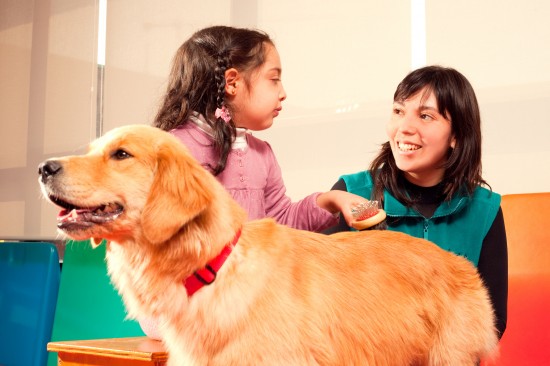
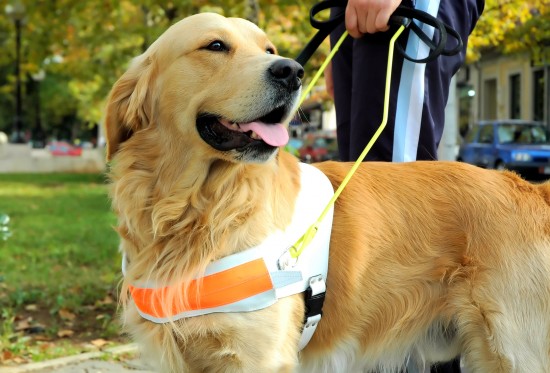
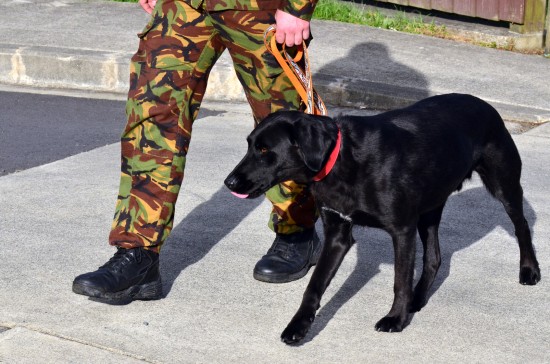
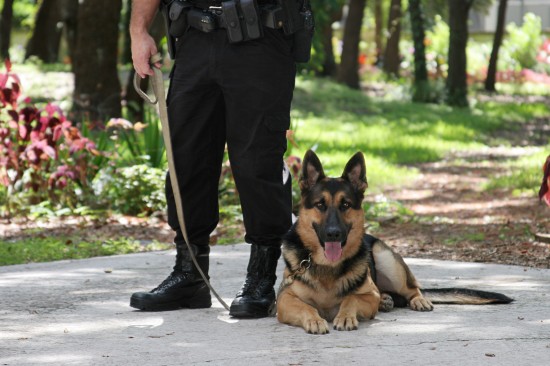
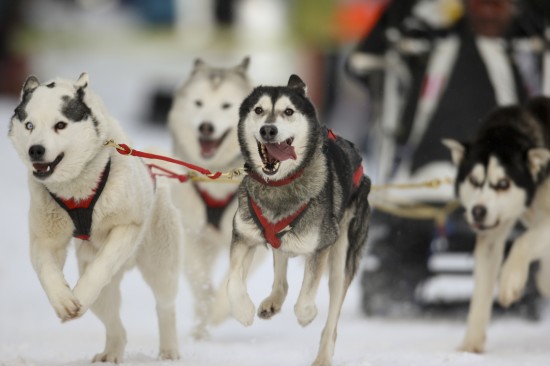
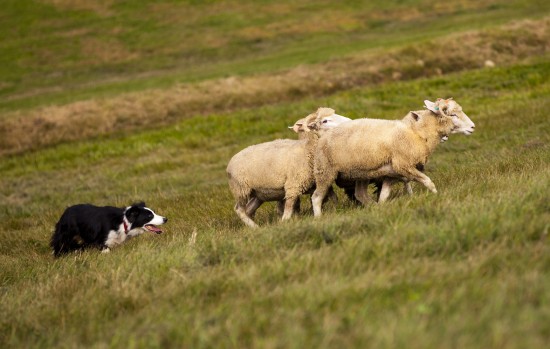
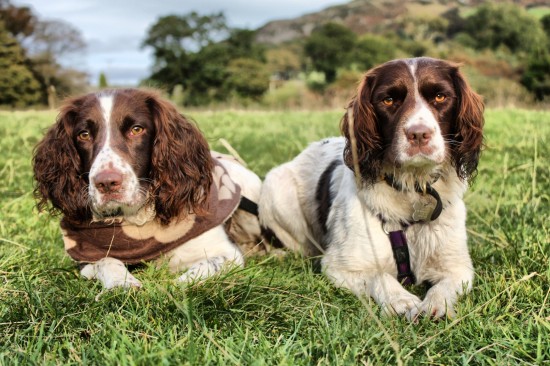
Although the majority of dogs in society are now pets, many still hold jobs in our society. All are based on the natural instincts of dogs, some enhanced through selective breeding. The majority of these jobs also require years of special training before they are able to undertake their new responsibilities. Training is based on the basics of what you would teach your pet, and what the different breeds you own have been bred for.
The Pets as Therapy group started in 1983, and now has over 4,500 dogs that provide therapy across the UK. Dogs visit the elderly, disabled people and hospitals, providing unconditional love and giving people a confidence boost. The group’s latest scheme is to help children learn to read out loud by reading to dogs. For those with learning difficulties, it helps build their confidence by reading to an attentive dog who doesn’t judge them. Being a volunteer organisation, Pets as Therapy is always looking for calm friendly dogs. You will be asked to complete health and temperament assessments, and if these are passed you can start visiting people in your area who need a little love. Dogs enjoy this job, providing and receiving cuddles and attention.
Since the creation of Guide Dogs for the Blind, dogs have been trained to help people with a range of disabilities. Hearing dogs for the deaf have been trained to help owners around the house, some even saving their owners from fire when they cannot hear fire alarms. Dogs have also been trained to help those with physical disabilities, helping them dress and complete jobs around the house that would be difficult in a wheelchair. Dogs are now also being trained to help children with autism, building their confidence so they aren’t alone in their world. All puppies are chosen very carefully, and will be trained early to get on well with other dogs and people. At 14 months old, specialist training organisations will start to train the dogs to see what they are good at, and develop new skills. Each dog is then placed with the right person, and checked regularly. These dogs love their jobs, and give their new owners a whole new lease of life.
Since the beginning of organised warfare, dogs have been used. Over time their role has changed from trained packs who attacked horses. Dogs are currently in service in war zones such as Afghanistan. These are specially trained to detect bombs, mines as well as drugs. The military police also use them for protection and as attack dogs. Each handler will bond closely with their dog before deployment, and form very strong relationships. Trust is essential. The most common breed used is the German Shepherd. At the end of their career, many dogs are now put up for adoption by the Army so they can live a happy retirement. The majority of handlers will keep their dogs for life, so strong is the relationship.
A working dog commonly seen on the streets and on television, the Police use dogs to help chase and hold suspects. Trained to control their aggression, many breeds are now used to control crowds and capture dangerous criminals. Over recent years the research on a dog’s ability to smell different substances accurately has changed their role within the Police force. Dogs are now also trained to find a variety of things: drugs; accelerants used in arson attacks; explosives; and cadavers. There is also a division of search and rescue dogs, used to find missing people as well as suspects.
With many animals unable to work in the colder regions of the world, the sled dog soon became a popular animal to help people transport goods, families and medicine to isolated areas. Running in a team, each sled has a lead dog. Dogs are rarely kept as pets, instead being tethered outside with their pack so they can develop a close pack-like relationship. Breeds used include the Husky, Malamute, Chinook and Samoyed. They are still used in isolated areas such as Siberia, Alaska and Greenland.
Anyone who has seen One Man and his Dog will be aware of the amazing ability of the Border Collie at controlling sheep. Collies are still used on farms to manage flocks, being able to work over most terrain and are quick to train. Other breeds have also been developed to control cattle, such as the Corgi or Australian Cattle Dog, both of which control cattle by nipping at their heels to drive the animals forward. The herding instinct is a natural skill of dogs, which used it to help divide weaker animals from a herds when living in the wild. As a result training is built on this instinct.
Many of the common dogs in the UK are actually from the Gundog breeds, which are still used in game keeping and bird shoots. Their role is to help hunters find, disturb and return the birds. The hunt will start with pointers, which are commanded to circle an area. Once they find some prey for the hunter, they will stop dead and point in the direction of the bird. With pheasant shoots, a flushing dog will also be used to chase the birds out of the undergrowth into the air. Spaniels are often used, as they can also retrieve the carcass when it falls. Retrievers and waterdogs are used in wildfowl hunts, as they will willingly enter into the water to retrieve shot birds. Despite their natural instincts, the dogs will return the bird without any bite marks. Dogs used in shooting must be obedient, quiet and not frightened of gun shots.
We’ve all grown up with famous dogs, from Rin Tin Tin to Benji and Lassie. Professional dog model and acting agencies are now appearing, acting as agents for normal pet owners with unusual looking dogs. Dogs must be well trained, being able to stop and sit when asked by their handler. Dogs with unique tricks will get more work. Looking different from the popular breeds is also popular. As a result mongrels can be seen in many roles in film, television and advertisements.
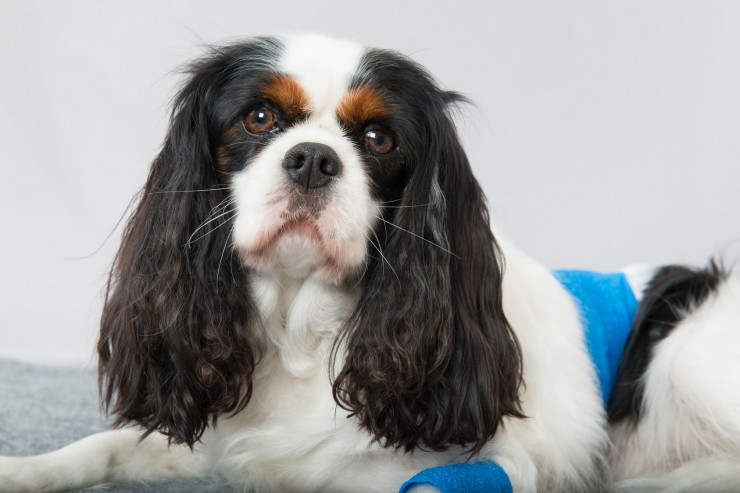 Helping Your Dog To Recover More Quickly After Surgery
Helping Your Dog To Recover More Quickly After Surgery
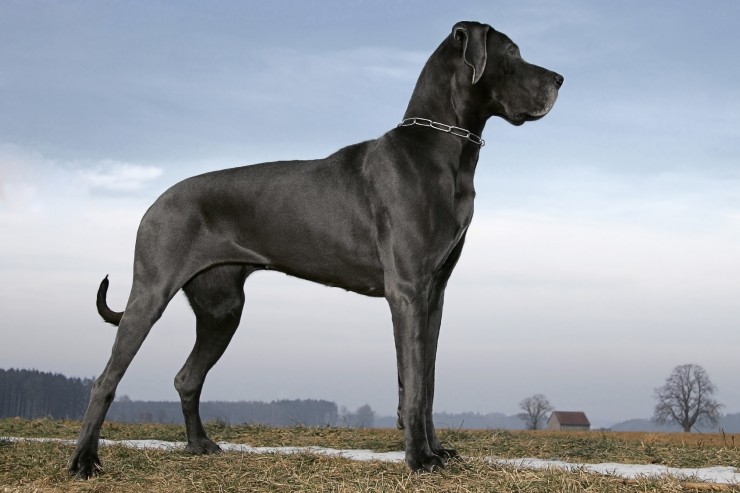 10 Most Expensive Dog Breeds To Own
10 Most Expensive Dog Breeds To Own
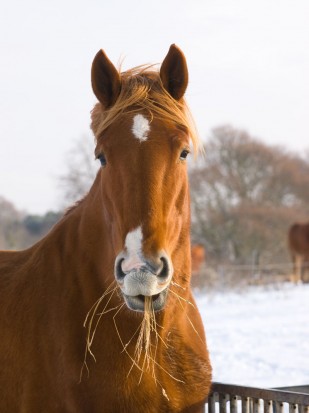 Horse Tips On How To Winter Feed & Keep The Bills Down
Horse Tips On How To Winter Feed & Keep The Bills Down
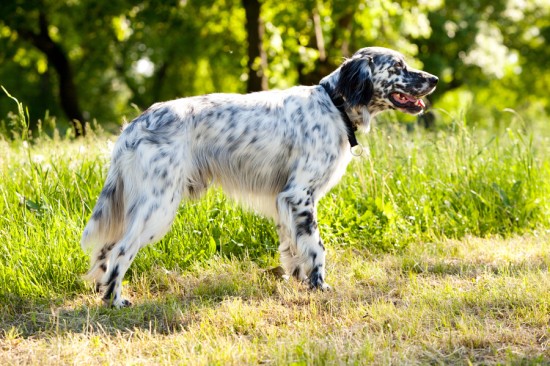 British Dog Breeds - Worthy Of A Second Glance
British Dog Breeds - Worthy Of A Second Glance
 Peta Kills Animals Yet Pretends To Protect Them
Peta Kills Animals Yet Pretends To Protect Them
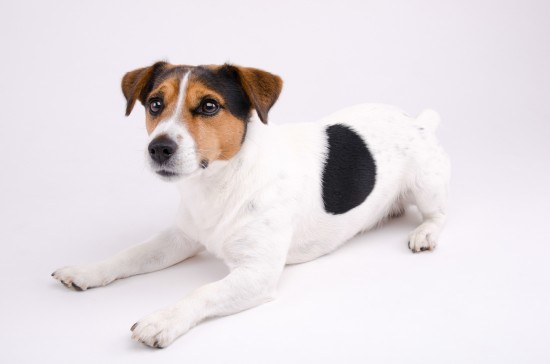 Some Important And Yet Commonly Overlooked Aspects Of Small Dog Care
Some Important And Yet Commonly Overlooked Aspects Of Small Dog Care
Copyright © 2005-2016 Pet Information All Rights Reserved
Contact us: www162date@outlook.com